The Benefits of a Gas Fireplace Insert
Warmth and Style: The Perfect Combination!
If you are thinking of a fireplace gas insert, now is the time!
While we transition from Summer to Fall, it is the perfect time to plan ahead, and that’s why we’re excited to bring you this special edition newsletter focusing on fireplace gas inserts. If you’ve been contemplating adding warmth and style to your home, now is the perfect time to consider a fireplace gas insert. So, look at the benefits and trends surrounding these fantastic additions to your living space!
Effortless Convenience:
Gone are the days of chopping wood or cleaning up ash. Gas inserts offer unparalleled convenience with their easy-to-use controls. With just a flip of a switch or a press of a button, you can ignite the flames and enjoy the cozy ambience instantly. No more waiting for logs to catch fire or dealing with messy cleanup afterwards!
Efficient Heating:
While traditional fireplaces can lose a significant amount of heat through the chimney, gas inserts are designed to be highly efficient. They provide consistent warmth to your home while ensuring minimal heat loss. You’ll be able to create a comfortable environment during chilly winter evenings without worrying about wasting energy or skyrocketing utility bills.
Safety and Control:
Gas inserts offer several safety features that make them an excellent choice for families and individuals. Equipped with automatic shut-off valves and built-in temperature controls, you can rest easy knowing that your fireplace is designed with your safety in mind. Additionally, gas inserts eliminate the risks associated with sparks, embers, and open flames, making them a safer alternative to traditional wood-burning fireplaces.
Versatile Designs:
Fireplace gas inserts come in a wide range of styles, ensuring that you’ll find one to suit your unique taste and home decor. From sleek and modern to classic and traditional, the options are abundant. You can choose from various sizes, finishes, and realistic log sets to create a focal point that perfectly complements your living space. Gas inserts provide not only warmth but also add a touch of elegance and sophistication to any room.
Environmental Friendliness:
Concerned about the environmental impact of burning wood? Gas inserts are an eco-friendlier option, as they produce fewer emissions and particulate matter compared to their wood-burning counterparts. By opting for a gas insert, you’re making a conscious choice to reduce your carbon footprint without compromising the cozy atmosphere.
Now that you’re aware of the numerous benefits, let’s explore some trending designs and features for fireplace gas inserts in 2023:
Customizable Media Options:
Create a unique aesthetic by choosing from a variety of media options, including traditional logs, realistic driftwood, colored glass, or even ceramic stones.
Remote Control and Smart Home Integration:
Embrace the convenience of technology by opting for a gas insert that can be controlled remotely or integrated into your smart home system. You can adjust the flame height, temperature, and even set timers with ease.
Double-Sided Inserts:
For those that have a see-thru fireplace, double-sided gas inserts are an excellent choice. They allow you to enjoy the warmth and beauty of a fireplace from different areas of your home simultaneously.
While we are in the midst of being outside enjoying the weather, now is the perfect time to start planning for the colder months. Don’t miss out on the opportunity to transform your living space with a fireplace gas insert.
Stay warm in the cold, stay stylish, and stay cozy with a fireplace.
Please contact us for a complimentary home consultation. Call 781-893-6611 or Schedule here.
The post The Benefits of a Gas Fireplace Insert appeared first on Boston's Best Chimney.
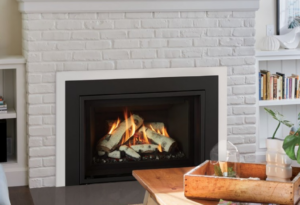
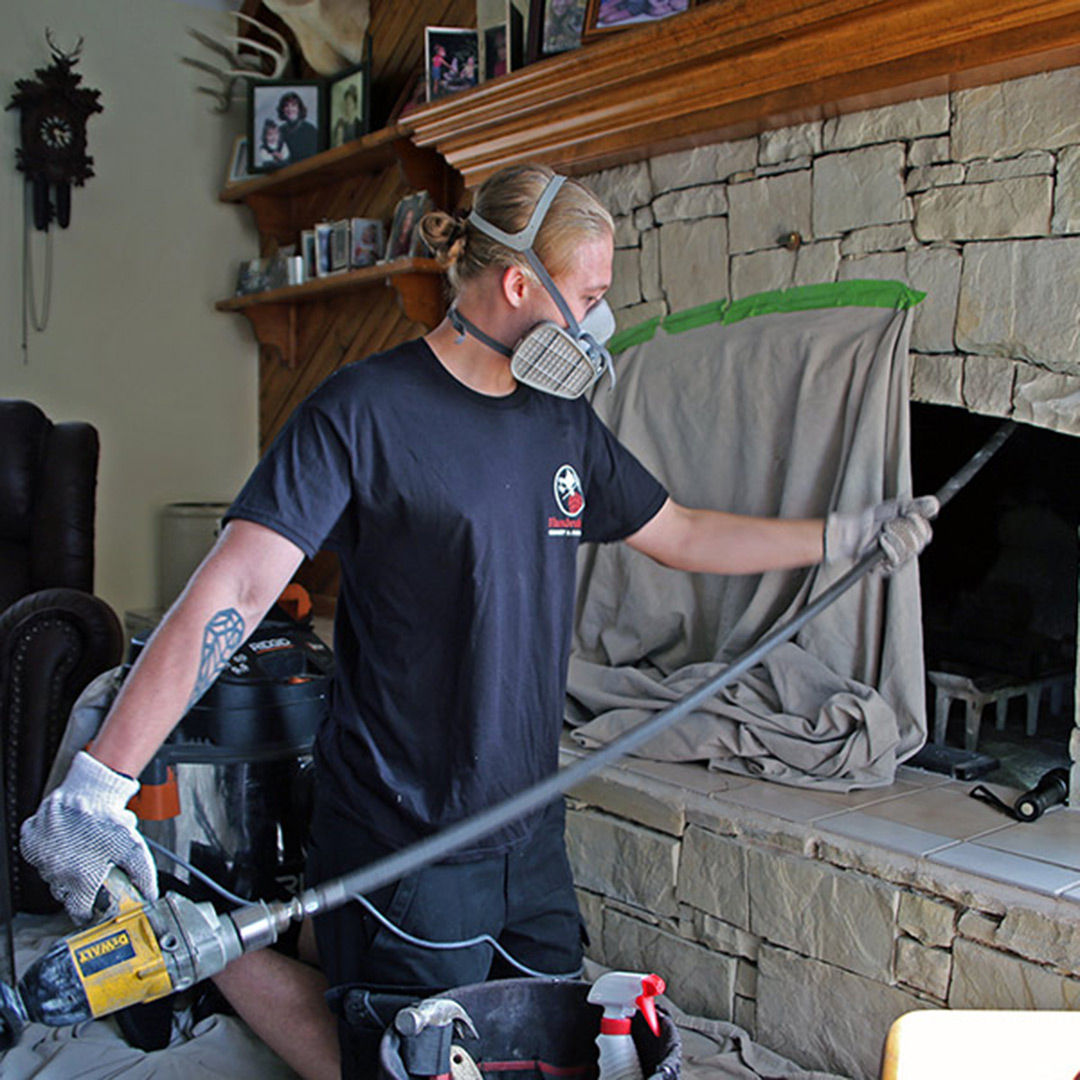
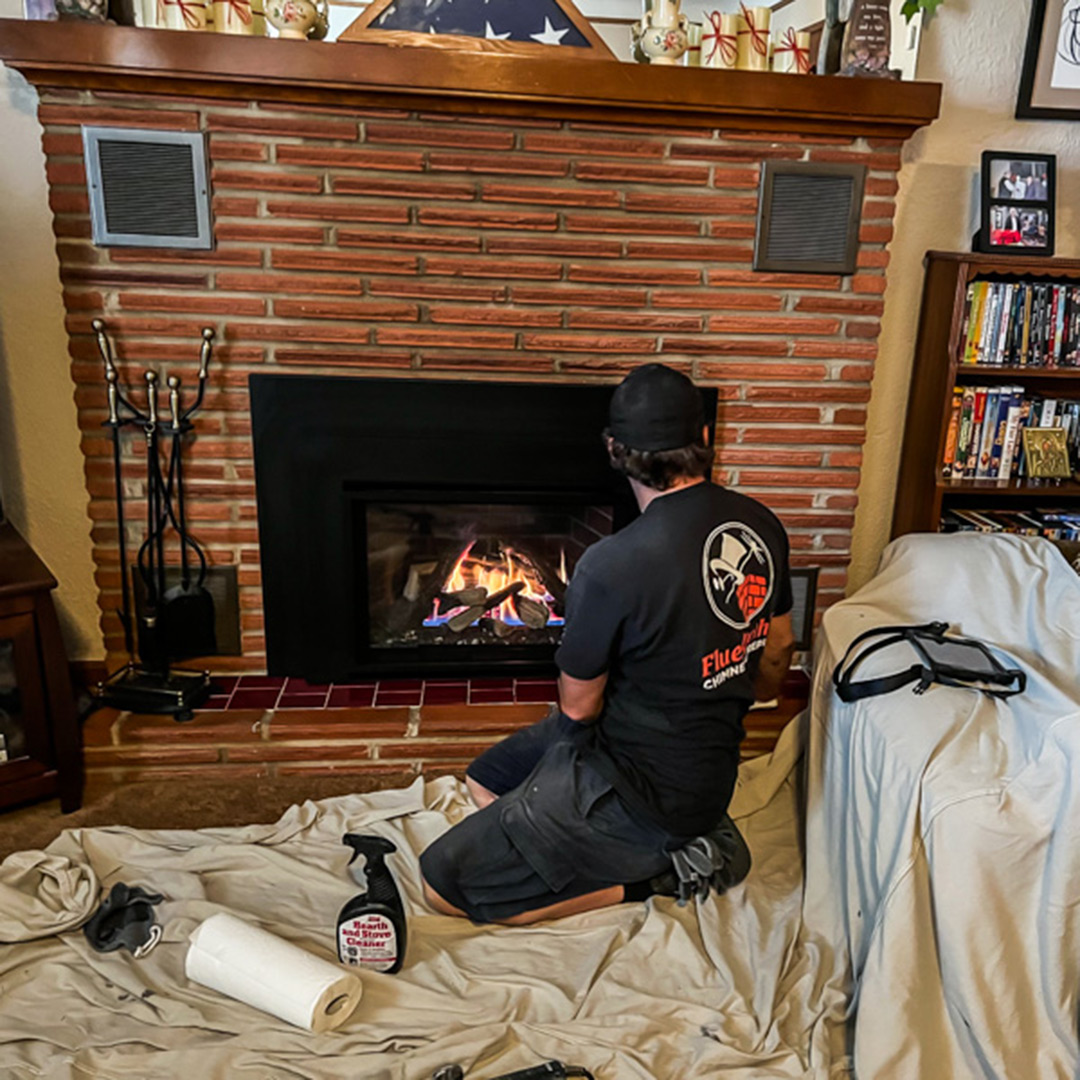 Consider Installing a Fireplace Insert
Consider Installing a Fireplace Insert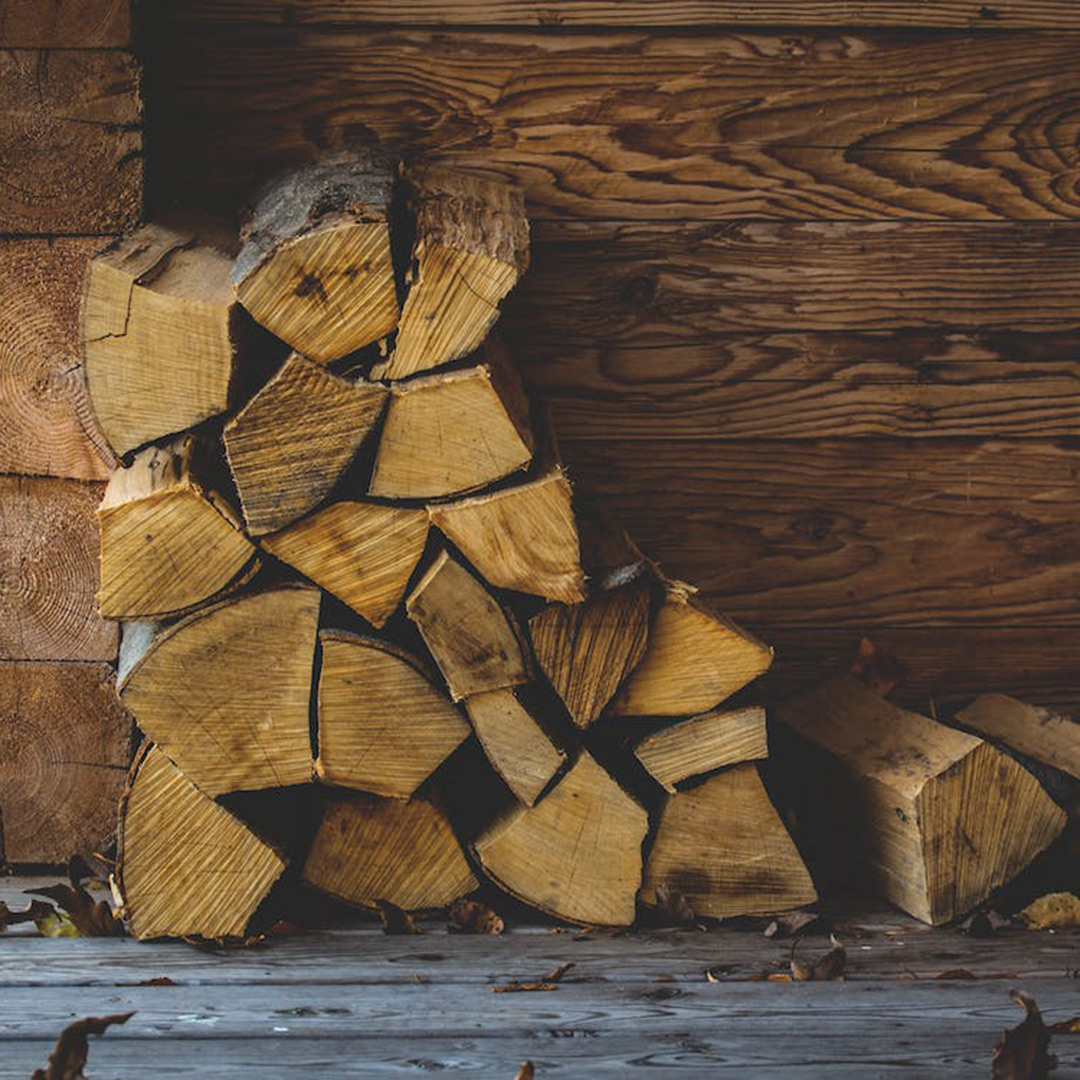 The Best Woods
The Best Woods

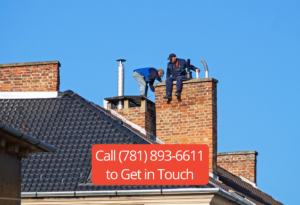
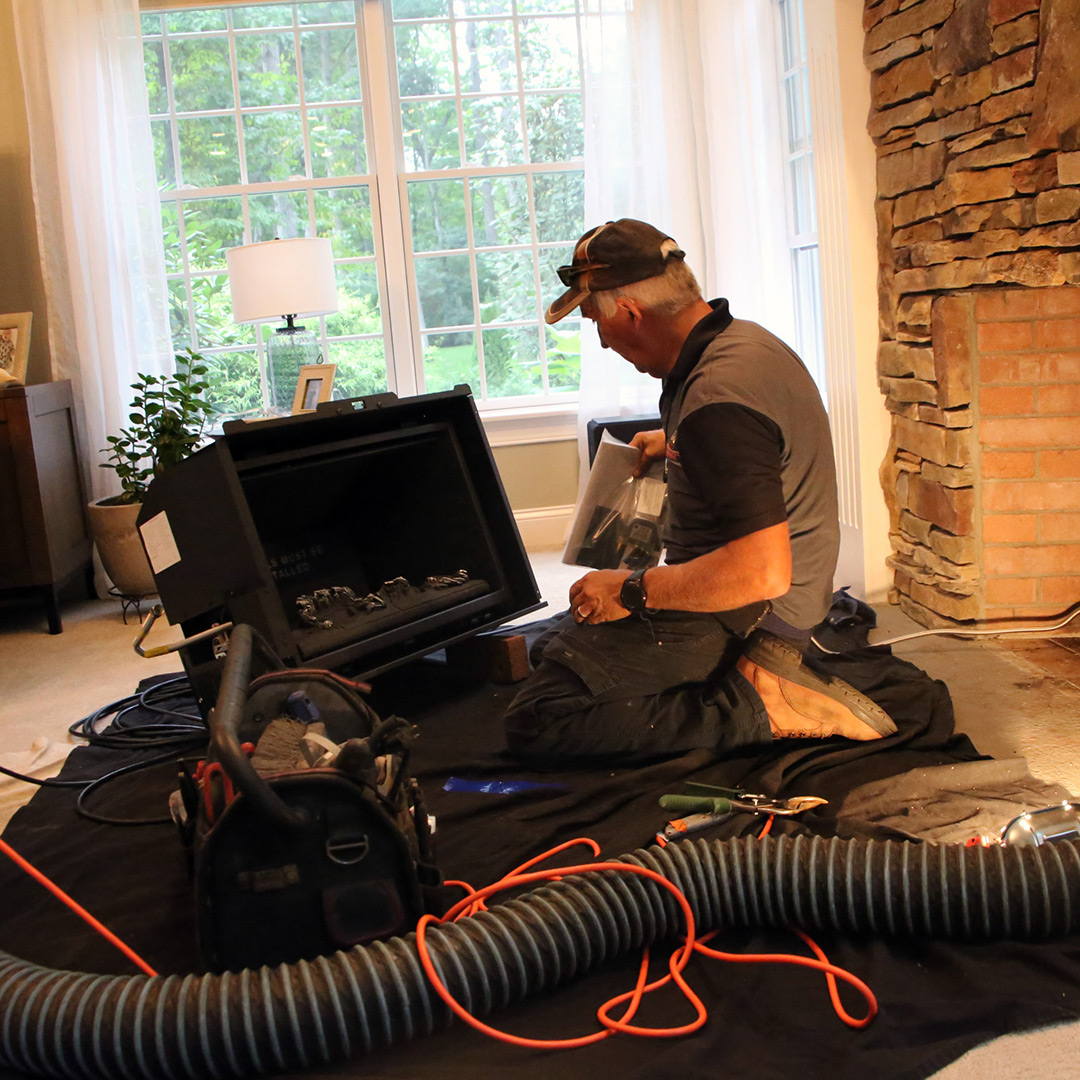 Read the Manual
Read the Manual
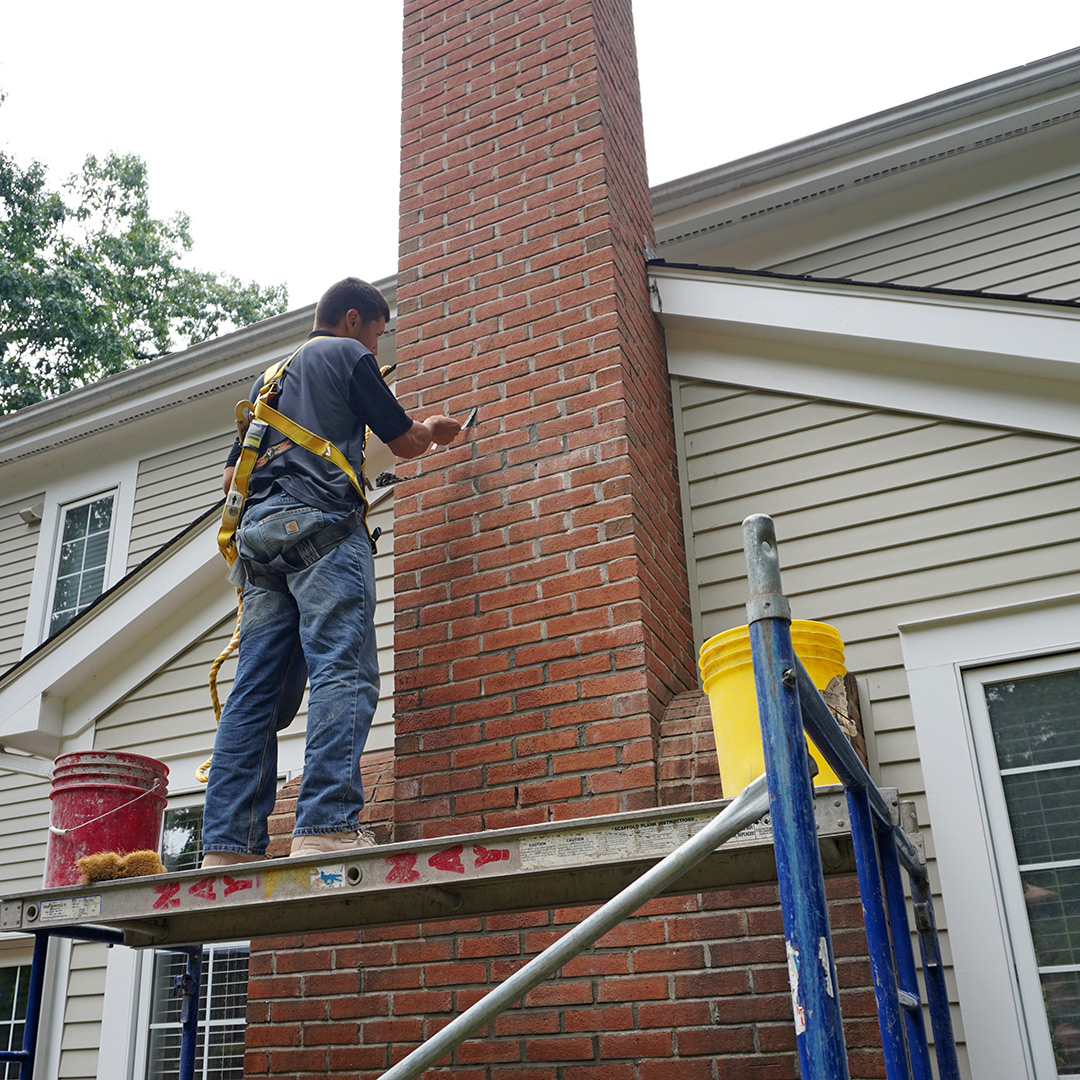 Common causes of crumbling bricks
Common causes of crumbling bricks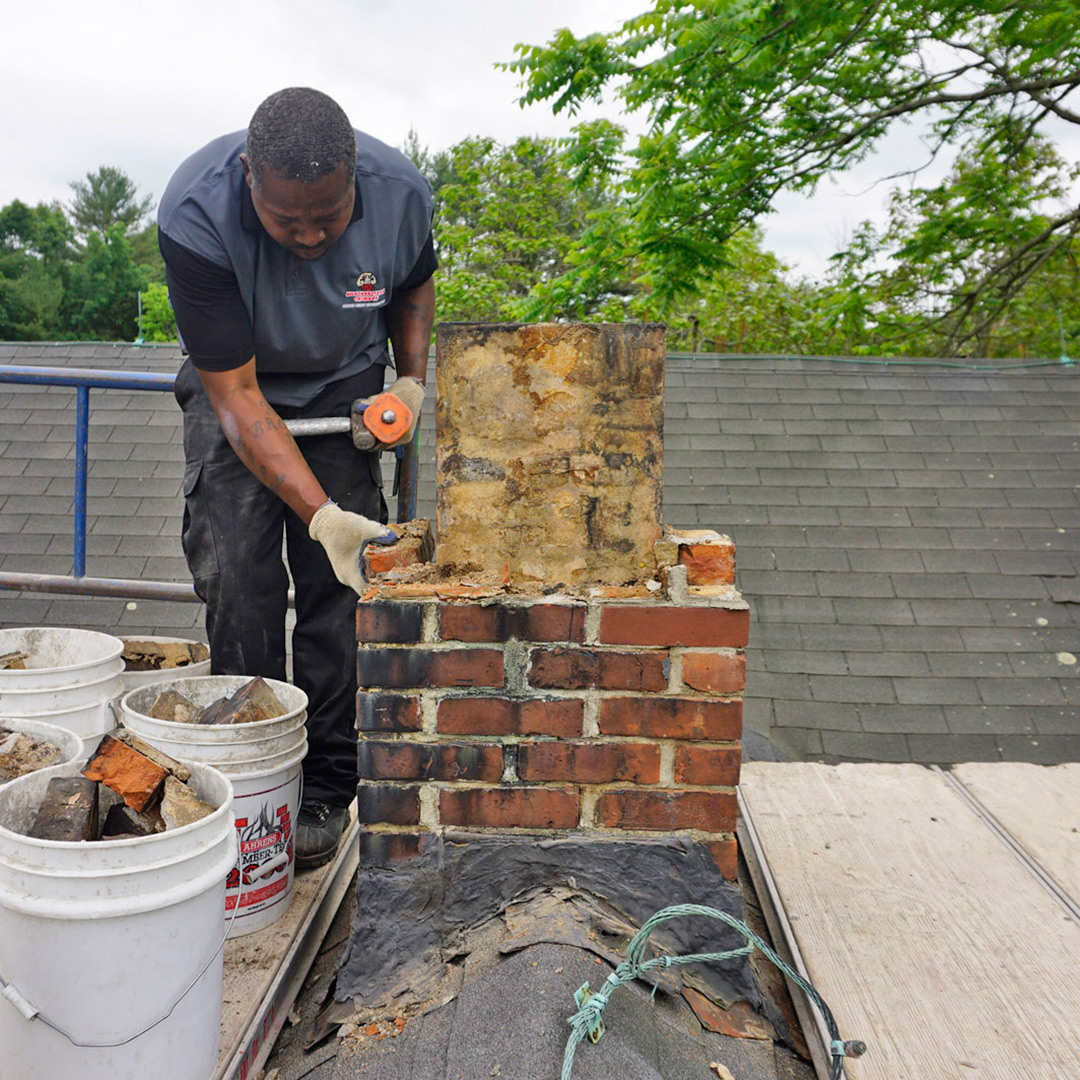 Chimney rebuilding: In extreme cases, your mason can
Chimney rebuilding: In extreme cases, your mason can